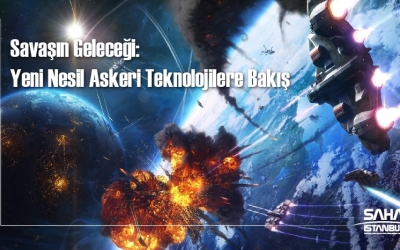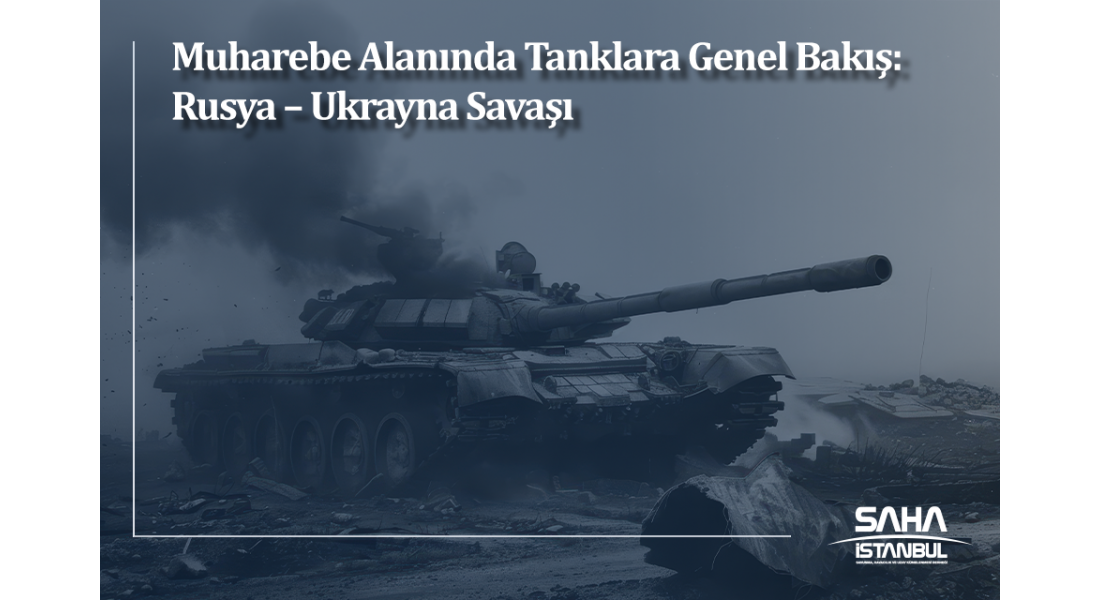
The Birth of Tanks: The First Steps in War History and Strategic Change:
Tanks are known on the battlefield for their ability to swiftly capture terrain. During World War I, casualties increased due to the excessively powerful fire support vehicles and barbed wire obstacles, trench warfare became more prevalent, and the war became stagnant. The British developed tanks to solve this problem, and tanks were first used in 1916 on the Western Front in Europe. Tanks gained strategic importance in World War II, with the Germans using tanks en masse to achieve quick and decisive battles.
The Vulnerability of Tanks in the Ukraine-Russia Conflict: The Role of Technology and Tactics:
For the first time since World War I, such a large tank battle took place. While Russia possessed old-generation tanks from the Soviet era, Ukraine had both Soviet-era tanks and modern tanks provided by the U.S. and European countries.
It is estimated that over 700 of nearly 3,000 Russian tanks were destroyed in Russia's attacks on Ukraine. Russia struggled to protect its tanks on the battlefield due to its failure to achieve air superiority and the lack of sufficient infantry and artillery support to protect its tanks. Additionally, drones such as the Bayraktar TB2, Switchblade, and missiles like Lockheed Martin’s Javelin and the British NLAW inflicted significant losses on Russian tanks.
According to Lockheed Martin, Javelin missiles can be launched to explode on the weakest part of a tank's armor, the top. Many Russian tanks have reactive armor designed to prevent missiles from penetrating the tank. Javelin missiles have two warheads, one to destroy the reactive armor and the other to penetrate the chassis underneath. The British NLAW missile explodes over the tank's turret.
The Ukrainian army set up ambushes for the Russian army with small, autonomous, and highly mobile units. Tanks moving at low speeds, having to stop for refueling and maintenance, were extremely vulnerable to these ambushes. Additionally, using armored units in muddy and rugged terrains posed significant challenges. Winter conditions forced tanks to advance on main roads, resulting in heavy losses for Russian armored units.
In the first 24 months of the war, Russia lost over 8,000 armored vehicles and had to renew its stocks using old equipment. The counteroffensive by Western-backed Ukraine achieved limited success.
Changes in Tank Technology: Future Defense Strategies:
Modern warfare conditions have necessitated a reevaluation of tank armor and defense systems. Active Protection Systems (APS) and reactive armor are crucial for increasing the survivability of tanks and are expected to become standard in the future. For example, Aselsan's AKKOR system protects the Altay tank, while Israel's Merkava tanks are equipped with Rafael's Trophy APS. The Russians have strengthened their defenses by adding APS and cages to their tanks. Learning from the experiences in Ukraine, the UK began developing the Challenger 3 model. This new model includes improvements in sensors and electronic systems, aiming to better adapt to modern warfare conditions. The future German tank Leopard 2A-RC 3.0 is designed to meet modern warfare needs with features such as an unmanned turret, increased stealth, advanced sensors, an "X-by-Wire" fire control system, high engine power and speed, long range, flexible combat strategies, and crew protection against aerial threats. The U.S. Army plans for the new M-1 Abrams tanks to weigh 60 tons, have a three-person crew, possess passive armor and radar-guided rockets for active protection, and be effective against cheap drones. The Chinese army's new generation tanks will be equipped with lighter armor and medium-caliber weapons. An active defense system will be used for drones and missiles.
Logistical errors and insufficient training negatively affected the performance of Russian tanks in Ukraine. In future conflicts, the importance of logistical support and crew training is expected to increase further. These elements should not be overlooked for the effective use of tanks.
CONCLUSION:
The Russia-Ukraine war demonstrated the effectiveness of drones and anti-tank missiles against tanks. Despite the loss of Russia's heavy armored vehicles, tanks remain a crucial element of modern warfare. The outdated technology of Russian tanks played a significant role in their failure.
Military experts believe that tanks are still effective and can be a powerful tool when used with the right strategies. Therefore, the development of tank technology and strategies will continue as an integral part of modern warfare doctrines.
SAHA Blog

Strategic Importance of Africa: Natural Resources, Security, and Geopolitical Dynamics
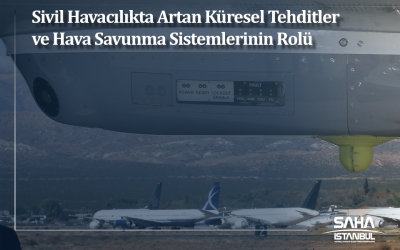
Enhancing Global Security in Civil Aviation: The Crucial Role of Air Defence Systems
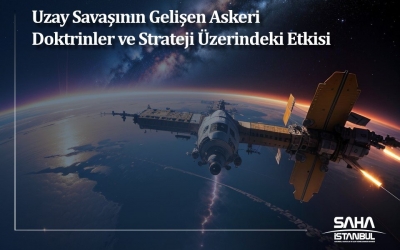
Uzay Savaşının Gelişen Askeri Doktrinler ve Strateji Üzerindeki Etkisi

Historical Development of the South Korean Defense Industry

Biyosavunma: Doğanın Gücünden İlham Alıyor

Güç Gösterisinde Etkili Bir Savunma Stratejisi: A2/AD Doktrini
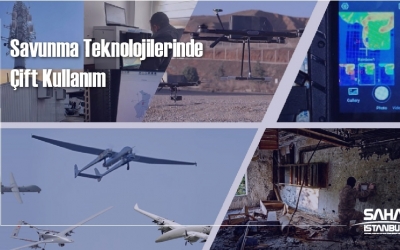
Savunma Teknolojilerinde Çift Kullanım
